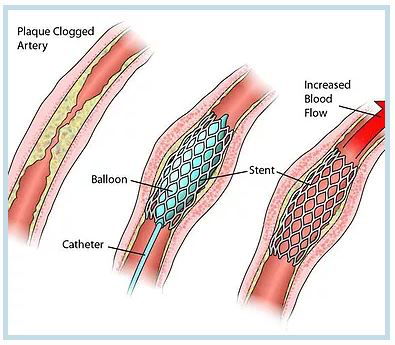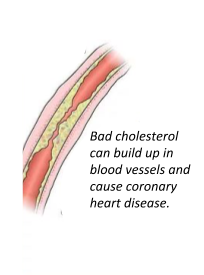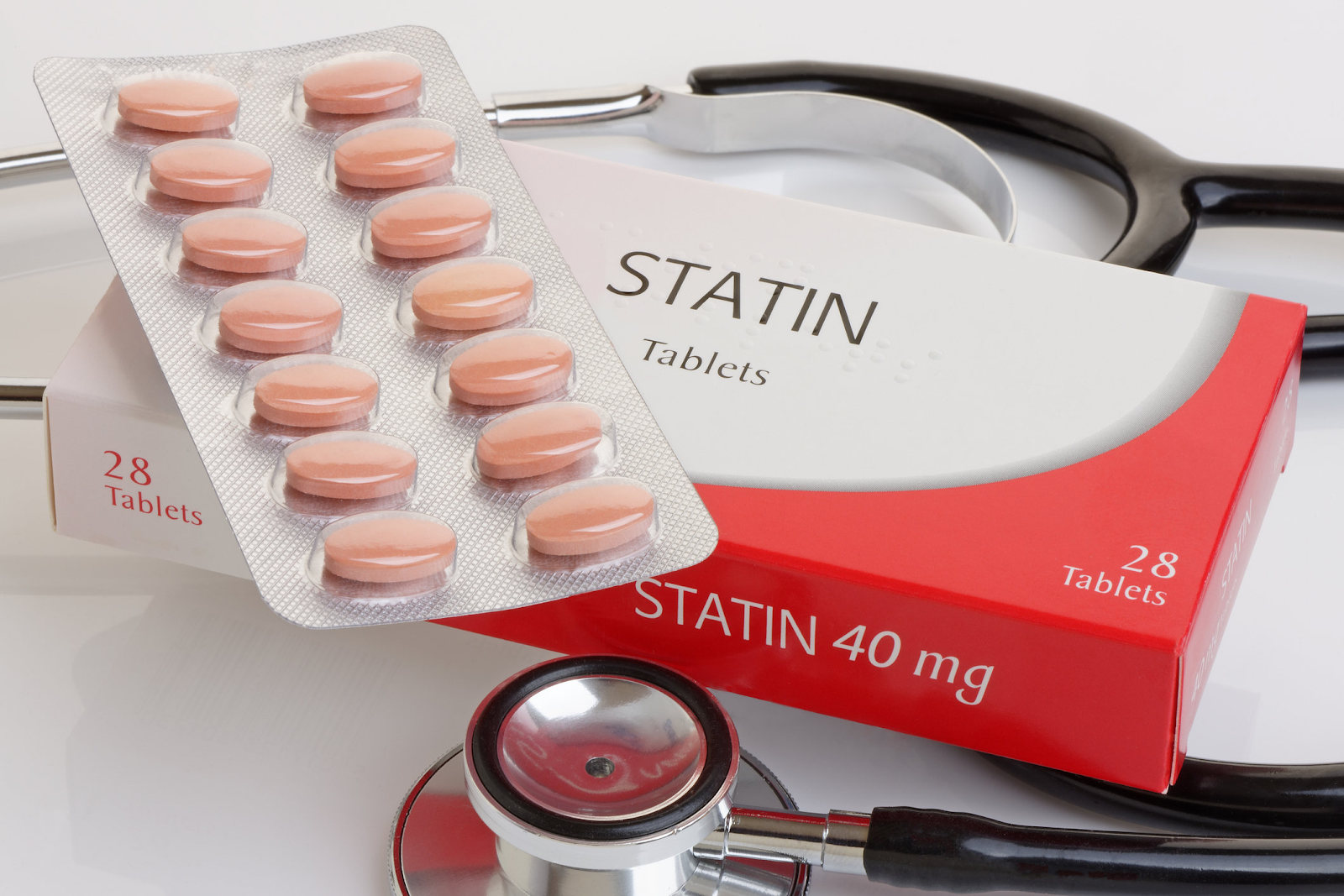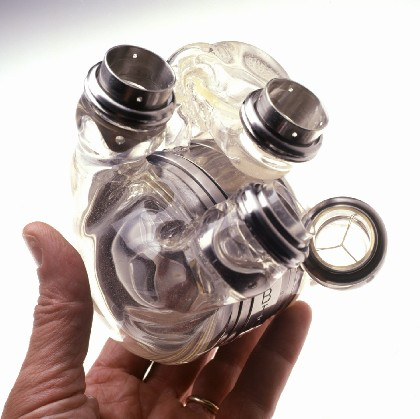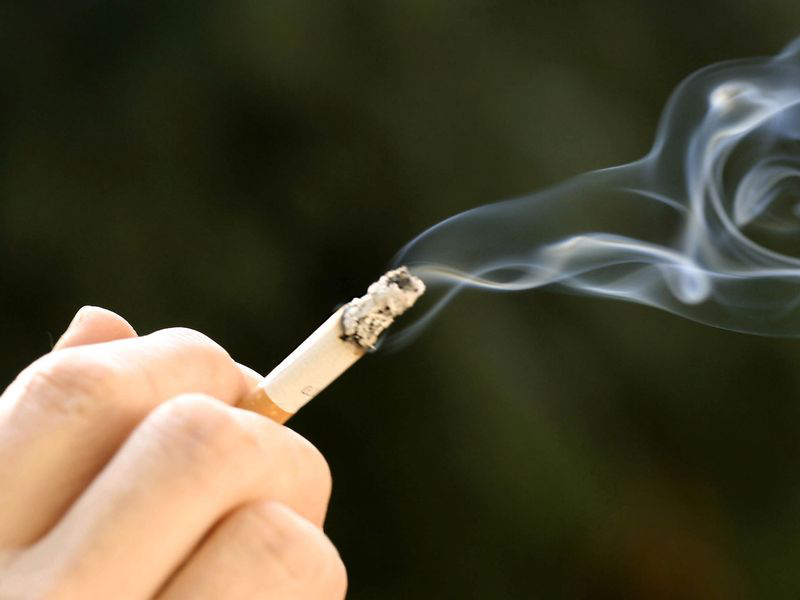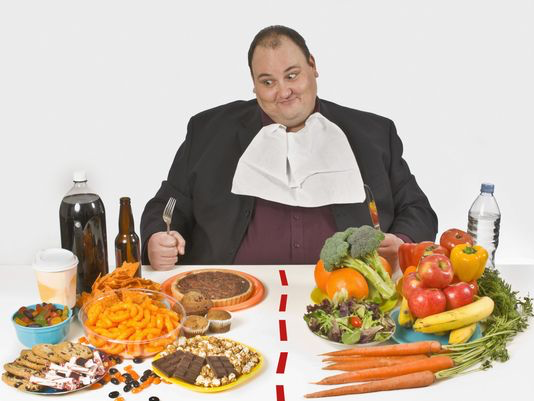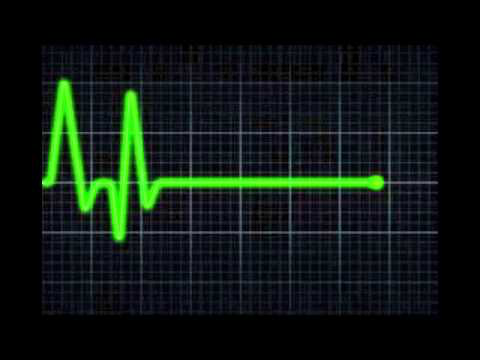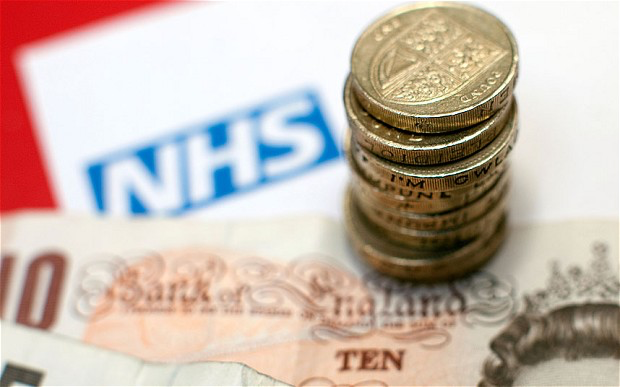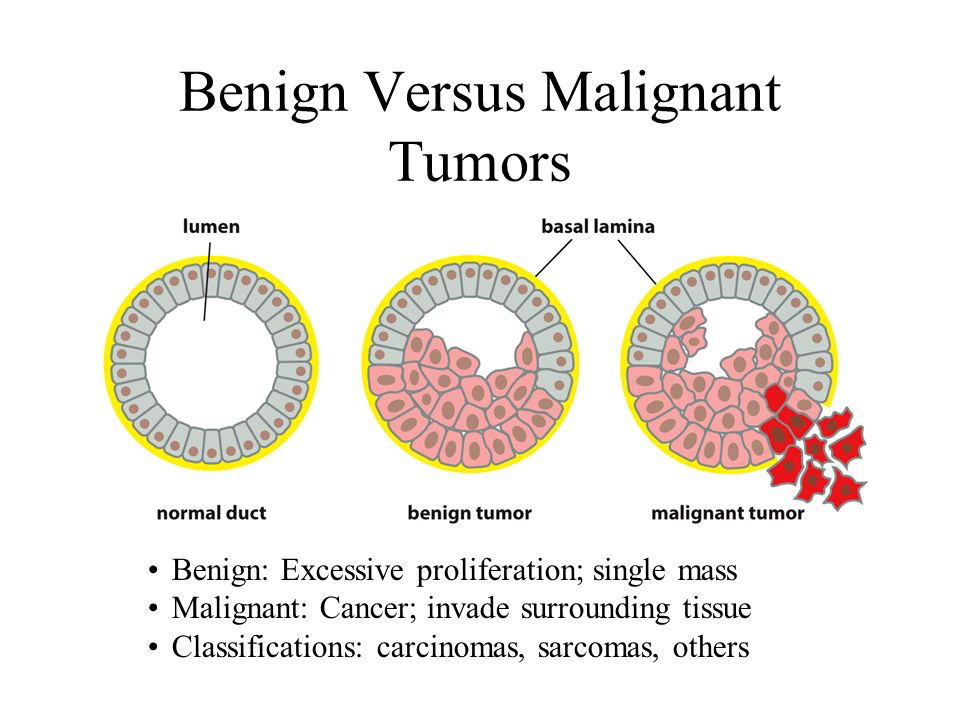Health and Disease
Introduction to Health and Disease
Diseases are usually things that cause ill health. They can be communicable or noncommunicable.
Communicable disease:
These are diseases that can be passed on from one person (or animal) to another. They are usually caused by some sort of bacteria, virus, parasite or fungi. They can be contagious.
Non Communicable disease:
They cannot be passed from one organism to another. They usually last for a long time and get worse over time. For example, cancer, asthma and heart disease. They are not contagious.
Cardiovascular Disease
Cardiovascular disease is the disease of the heart or blood vessels. There are lots of different types of cardiovascular disease.
Example of cardiovascular disease:
- Coronary heart disease - this is when blood vessels around your body get blocked by layers of fatty material. The blood flow to your heart is restricted and could cause a heart attack. (One of the main reasons that you should avoid junk foods - they cause this over time).
Treating people with cardiovascular disease
__Stents __
Stents are wire mesh tubes that can fit inside blood vessels to keep them wide open.
Advantages:
- Effective for preventing a heart attack in someone with coronary heart disease (blocked up blood vessels).
- Quick recovery time after surgery
- Effective for a long time.
Disadvantages:
- Slight risk of complications during surgery - i.e. a heart attack
- Risk of infection from surgery
- Risk of developing a blood clot near the stent (thrombosis).
Statins
Statins are drugs that reduce the amount of bad cholesterol in your bloodstream. Cholesterol is a fatty acid which you need. However, not all cholesterol is good (and you don’t want too much of it). If you have too much bad cholesterol, this can build up in your blood vessels and cause coronary heart disease.
Advantages:
- Help to reduce the risk of coronary heart disease by reducing the amount of bad cholesterol
- They increase the amount of good cholesterol in your body.
- Some scientists believe that statins can reduce the risk of other diseases as well.
Disadvantages:
- Need to be taken over a long-term (years) regularly.
- The effect isn’t instant
- Can cause headaches at times
- Small risk of causing serious side effects of kidney failure, memory loss or liver damage.
Artificial Hearts
Artificial hearts are a mechanical device that pumps blood around the body. They are usually used as a temporary fix whilst someone is waiting for a new heart. In some circumstances, they are used as a permanent fix.
Advantages:
- They are not usually rejected by the body. A big problem with organ transplant is if the body sees the new organ as a ‘foreign’ object and it attacks the new organ. Artificial hearts are made of metal and plastic, which is usually not seen as foreign by the body.
Disadvantages:
- Heart surgery is dangerous and can lead to bleeding and infection.
- Don’t work as well as natural healthy hearts
- Blood flow isn’t as smooth as natural hearts which can cause blood clots and strokes.
- People with artificial hearts need to take medicine to thin their blood to make sure clots don’t occur.
- If they get injured they lose more blood than usual since they don’t scab as easily (a scab is just clotted blood outside of your body).
- They may be uncomfortable
Artificial blood
Artificial blood is a saline solution given to people that have lost a lot of blood. The heart can pump around the red blood cells as long as there is enough liquid to pump around. The artificial blood makes sure that there is enough liquid. Artificial blood is used until the patient has regenerated enough red blood cells for normal function.
Replacement heart valves
Heart valves can become damaged after heart attacks or heart difficulties. Some may become stiff and not open properly or can become leaky (allowing the backflow of blood).
Replacement heart valves can be organic (from another human or animal) or can be mechanical (man-made).
There are no side effects to replacement heart valves, but open heart surgery is still a dangerous operation to have!
Risk Factors for Noncommunicable Diseases
A risk factor is something that is linked to the likelihood of contracting a certain disease in your lifetime. A risk factor can be anything from what you’re eating to where you live.
A noncommunicable disease can be caused by one risk factor or by several different risk factors.
Example:
People from developed countries (richer countries) are more likely to contract a noncommunicable disease since people have more money to buy fatty foods.
People is deprived areas of developed countries are more likely to develop noncommunicable diseases since they are more likely to smoke and eat fatty foods (since fatty foods are cheaper than healthy foods, in the UK).
However, your individual choices determine your actual risk factors.
Cost of noncommunicable disease
Human cost: Millions of people around the world die from noncommunicable diseases per year. This is not only the cost of their life, but it affects their loved ones too.
__Financial cost: __The NHS spends millions of pounds on researching and treating noncommunicable diseases. If people looked after themselves more, this money could be spent looking into other diseases and illnesses.
Noncommunicable diseases can make people unable to work, which will be costly for their family and can affect the economy.
Cancer
Tumours
Cancer is caused by uncontrolled cell division. Changes in cells can cause a growth of abnormal cells (tumour). Tumors can be cancerous (malignant) or not cancerous (benign).
Benign tumors
A benign tumour is when the growth grows until there is no more room and it stays in one place. It does not break out and invade other tissues. This type of tumour is usually not harmful and can be easily removed. However, there is always the possibility of it becoming malignant.
Malignant tumors
Malignant tumours are cancerous. Cells break free of their tumour and infect surrounding healthy tissues where more tumours can form. Malignant tumours can be fatal.
Risk Factors of Cancer
Anyone can develop cancer, but certain lifestyles or genetics can increase someones chance of developing cancer. Having these risk factors doesn’t mean that they will get cancer, but means they are more likely to develop cancer.
Lifestyle risk factors of cancer
There are lots of lifestyle risk factors that are associated with different types of cancer.
Here are a few:
__Smoking __- is a risk factor of lung and throat cancer
__Obesity __- is a risk factor bowel, liver and kidney cancer
__UV exposure __(sunbathing without sunscreen or using sub beds!) - risk factor of skin cancer
__Viral infection __- some viruses can increase the chance of developing some types of cancer. For example, Hepatitis B and C can increase the change of liver cancer.
Genetic risk factors of cancer
Sometimes you can inherit faulty genes from your parents which may increase your chance of developing certain types of cancer. This is one of the reasons that doctors ask for your family’s medical history!
